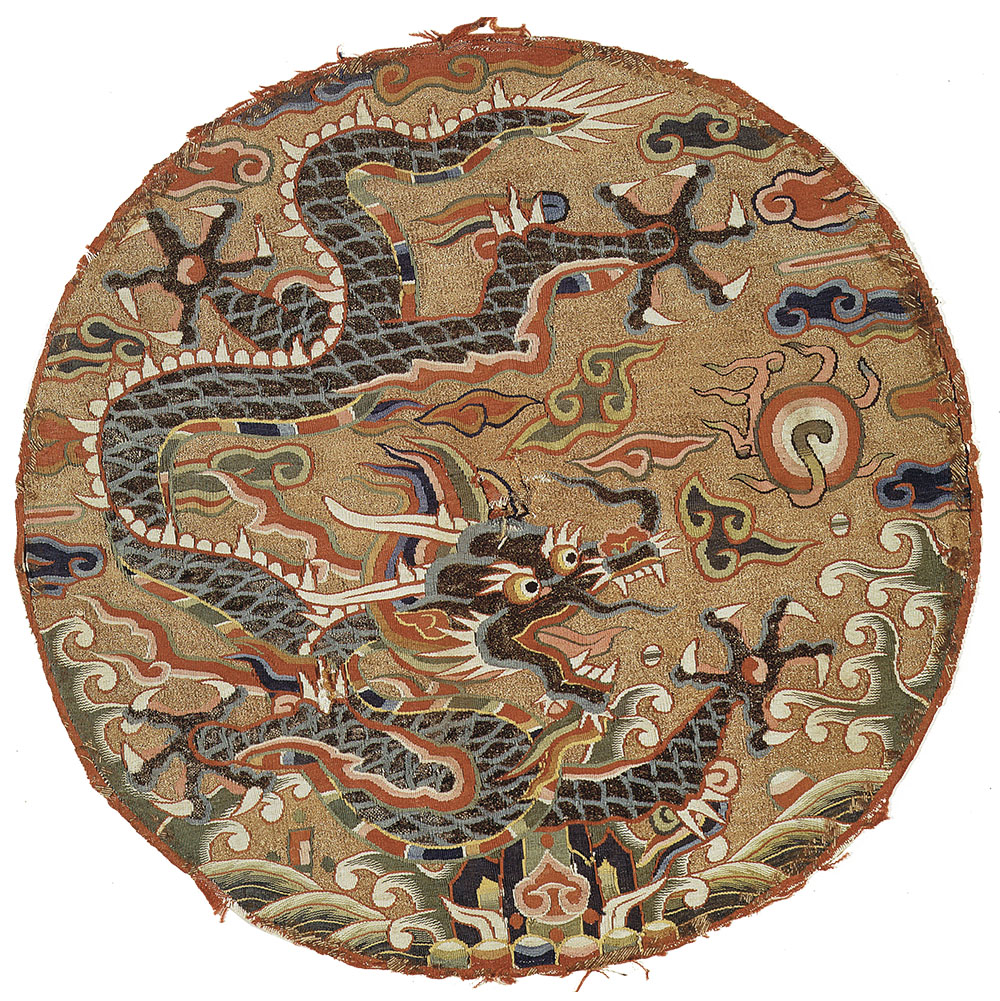Make Your Own Chinese Long

The Long
Long, Liong, Loong or Lung are several names for the snake-like dragon from Chinese Mythology. These dragons have four small legs, the tail of a snake, the muzzle of a dog, the horns of a deer, the eyes of lobster, the mane of a lion and the claws of an eagle. Wow, that is quite a mythical creature!
According to Chinese mythology, the Long can change the weather and seasons–thus affecting agriculture. The Long is particularly associated with the ability to make it rain and rain dances and processions involving the dragon can be dated as far back as the 6th century BCE.
(If you are a follower of MythologyCrafts, you might be reminded of our Kukulkan Mayan Paper Snake Craft. After all, Kukulkan was also a mythical feathered serpent that controlled rain. You can check out that craft here.)

Other Chinese Dragons
Within Chinese Mythology there are also nine different types of dragons. Nine is a special number associated with dragons as well as the emperor. For example, the dragons are said to have 117 scales which is 9 times 13.
The first of the nine dragons is the Celestial Dragon, Tianlong, which protects the celestial place.
Next is Shenlong, or the spiritual dragons. These dragons control the wind, rain and the clouds and are typically blue.
The third is the Fucanglong– the dragons of hidden treasures. They are said to live underground protecting their treasures. It might remind you of Smaug from Lord of the Rings, another treasure dragon. Smaug was based on the Norse dragon, Fafnair–who lives in a cave and protects his treasure as well.
While most of the dragons are male, Dilong the dragons of earth or the underworld are actually female. They control the flow of rivers and streams and are the counter part to the spiritual dragons.

The eighth type of dragon is Huanglong, or yellow dragon. It is the Yellow Emperor’s embodiment after exiting human life.
And, number nine is the powerful Dragon King, the Long Wang.
These are not the only dragons in Chinese mythology. In fact, there are many more and you can spend a lot time learning about these interesting creatures.
Now, let’s get crafting.
supplies
- Construction Paper (We choose red and yellow, but you can use any colors you want)
- Scissors
- Glue Stick
- Dragon Head Template
- Markers

Long Wang: The Dragon King
Long Wang is one of the most important dragons in Chinese mythology. In fact, “Long” means dragon and “Wang” means “king” so he is literally, the “Dragon King”. He rules over the oceans and all its creatures and the underworld. In his underwater palace, the Dragon King feasts on gems. (I guess he must have pretty strong teeth!) He also has the power to shape-shift into human form and in his human form, Long Wang is a powerful warrior. While he is very powerful, he can still be controlled by the Jade Emperor, the Supreme Ruler of Heaven.
Many Chinese rulers claimed to be descendants of the Long Wang and the emperor was said to be the embodiment of the dragon on Earth. This is similar to the divine right in Europe, where rulers were said to be chosen by gods or sometimes even descended from them. For example, Julius Caesar claimed to be descended from Venus. This connection between the rulers and mythological creatures was used to validate the rule of Chinese emperors.

The fifth is Yinglong, servant dragons of the Yellow Emperor. These dragons have wings making them pretty unusual, as most Chinese dragons are wingless.
Next are the Qiulong dragons. They are known as the horned dragons and are among the most fierce dragons in Chinese mythology.
The Panlong or coiled dragon is another water dragon, but also has the ability to control time. They live in the sea and cannot leave the water.


Directions:
- Cut the constuction paper into long strips
- Glue the end of the strips together, making two long strips of paper. Make sure to glue the same color together so each each strip is only one color
- Cross the two strips together at the end and glue them together
- Cross one color over the other and keep repeating to form an accordion
- When you are almost done with both colors, glue the end together and cut off any excess paper
- Cut out and color the dragon head template.
- Glue the dragon head to the front of the accordion
- If you want to, add a tail to your dragon by cutting out a small triangle-shaped piece of paper and gluing it on the end of your accordion
Enjoy your dragon!
